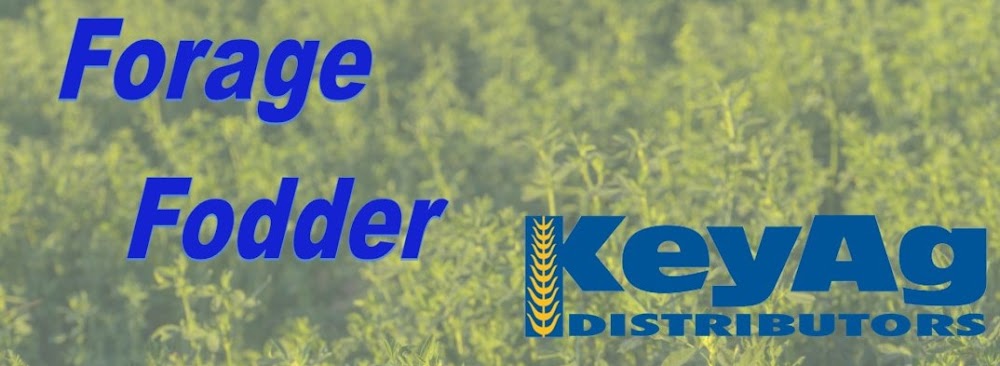Colorado—In the March 17 report, compared to last report, trade activity light to moderate on good demand for horse hay markets. Trade inactive for feedlot and dairy hay markets with the exception of corn silage contracting starting. Bulk of trades went to stable and retail markets. Horse hay sold mostly unchanged this week on comparable hay trades. Corn silage contracts have started out $14 higher standing than last year based on the current December contracts on the CME. Contracts for alfalfa standing have not been widely discussed as of yet, but is expected to start soon. According to the U.S. Drought Monitor’s High Plains Summary for March 15, parts of southeastern Colorado, which is experiencing short to long-term drought, also experienced degradation this week from severe to extreme drought, supported by Keetch-Byram Drought Indices and short-term precipitation deficits (25 to 50 percent of normal precipitation over the past 90 days).
Missouri—In the March 17 report, compared to last report, hay supplies are moderate, demand is light to moderate and hay prices mostly steady. Although there was not necessarily lines or a wait list for buggies there was enough spreading going on to be noticed in several areas around the state. A few tints of green can even be seen in some of the southern areas of the state. Along with all the other current challenges of extremely high inputs facing producers this upcoming growing season there is still over 36 percent of the state listed as abnormally dry and over 60 percent of the lower 48 still in drought status. Unlike a lot of years when many folks are trying to move any leftover surplus hay about this time of year there seems to be an overwhelming amount of farmers planning to hold everything they have in hopes of maybe not having to bale as much this year given what cost of production will be.
Nebraska—In the March 17 report, compared to last week, the light test of baled hay traded mostly steady. Dehydrated and sun-cured pellets sold steady to firm. Demand and buyer inquiry was mixed throughout the state. Light supply persists and numerous sellers continue to refrain from selling their remaining supply. Scattered moisture expected over the next week.
Oklahoma—In the March 4 report, compared to the last report, due to the lack of moisture even with the winter weather storm it has allowed the hay market to increase in the amount of trades. Oklahoma is still in an abnormally dry or worse condition. Some moisture was received but not enough to allow change in the drought conditions. The Oklahoma Mesonet shows just over half of the state in an extreme drought condition or worse and much of this being primarily in the western part of Oklahoma. Next report will be released March 25.
Texas—In the March 18 report, compared to the last report, hay prices are mostly firm to $5 higher in all regions. Hay demand is good, but truck shortages and increased freight costs have continued to put a strain on hay movement and increased prices delivered prices on loads of hay. Inflation is on producers minds both in the form of trucking and inputs needed to put up a quality crops in this upcoming year. Additionally, moisture is also a concern for producers this year. The majority of the state has been in a La Nina pattern over the winter months and into the spring. As a result, only 19 percent of the state is reporting no drought effects compared to 40 percent a year ago. Next report will be released April 1.
New Mexico—The hay growing season is over. Last report for the season was issued Nov. 5, 2021. Reports will resume in April 2022.
South Dakota—In the March 18 report, compared to last week, all classes of hay remain steady. Good demand remains for all types and qualities of forage as the supply continues to tighten. Very mild weather this week as the temps rose to 60 degrees and the ground begins to thaw. Lack of moisture is a major concern on every producer’s mind as the snows were hard to come by.
Wyoming—In the March 17 report, compared to last week, activity very light on good demand. All reporting contacts in the western side of the state are sold out of hay and continue to wait for trucks to pick up hay.
Montana—In the March 18 report, compared to last week, the light test of hay sold steady. Tight supply, slow movement and good demand continue throughout the state. Light scattered moisture reported over the past week, though much of the state remains in drought. According to the U.S. Drought Monitor, 87.17% of the state is in moderate drought or worse, 84.94% of the state is in an severe drought or worse, 51.86% of the state is in extreme drought or worse, and 0% of the state is in exceptional drought, a 3.89% decrease from last week.


No comments:
Post a Comment